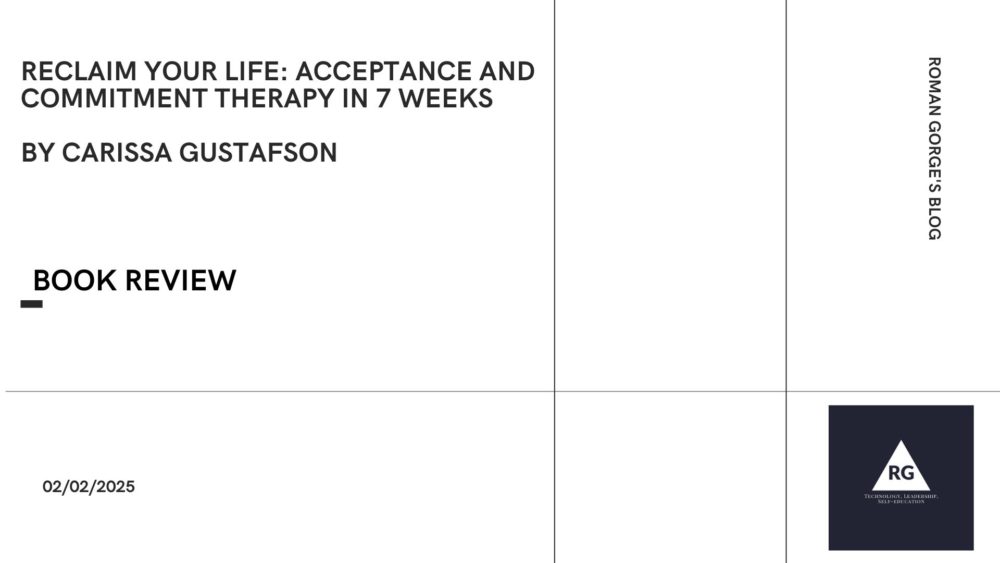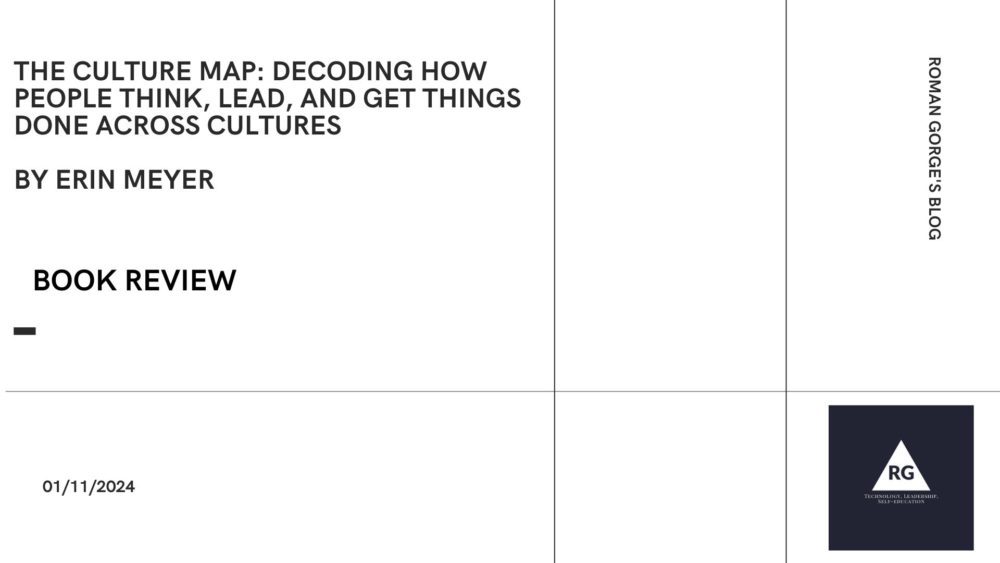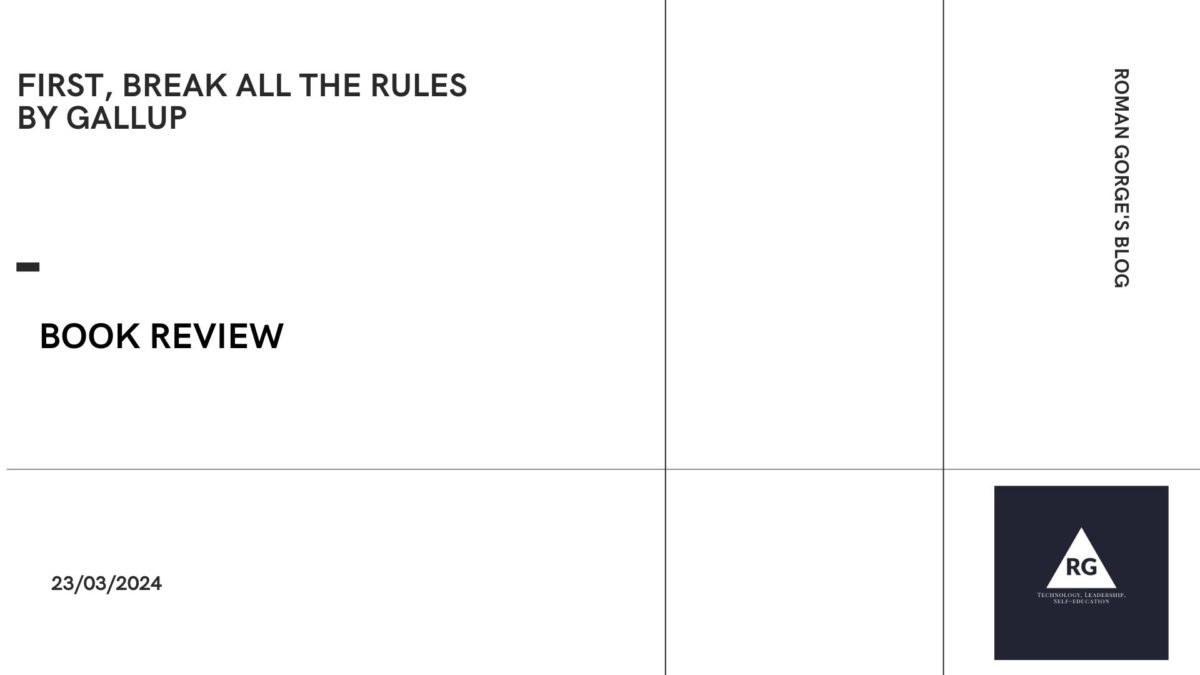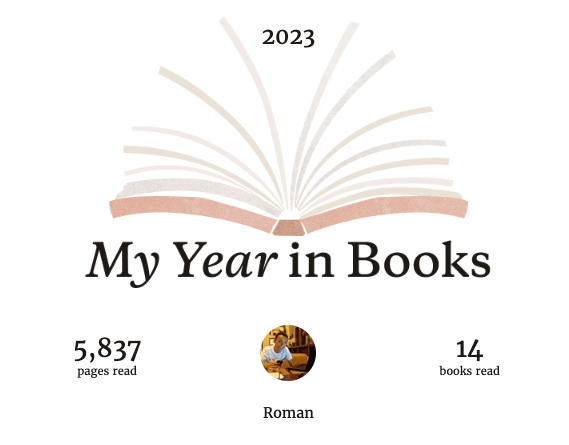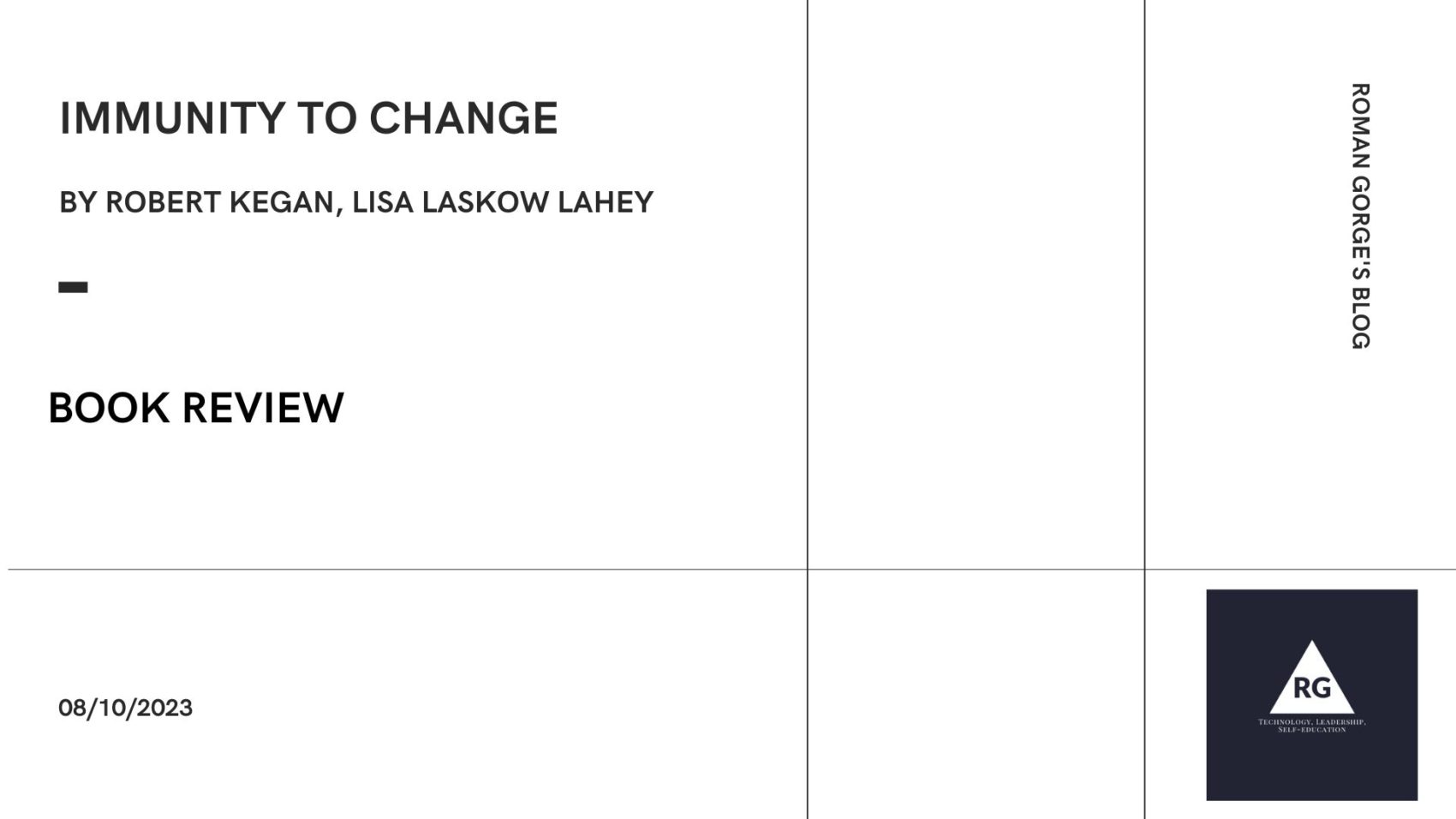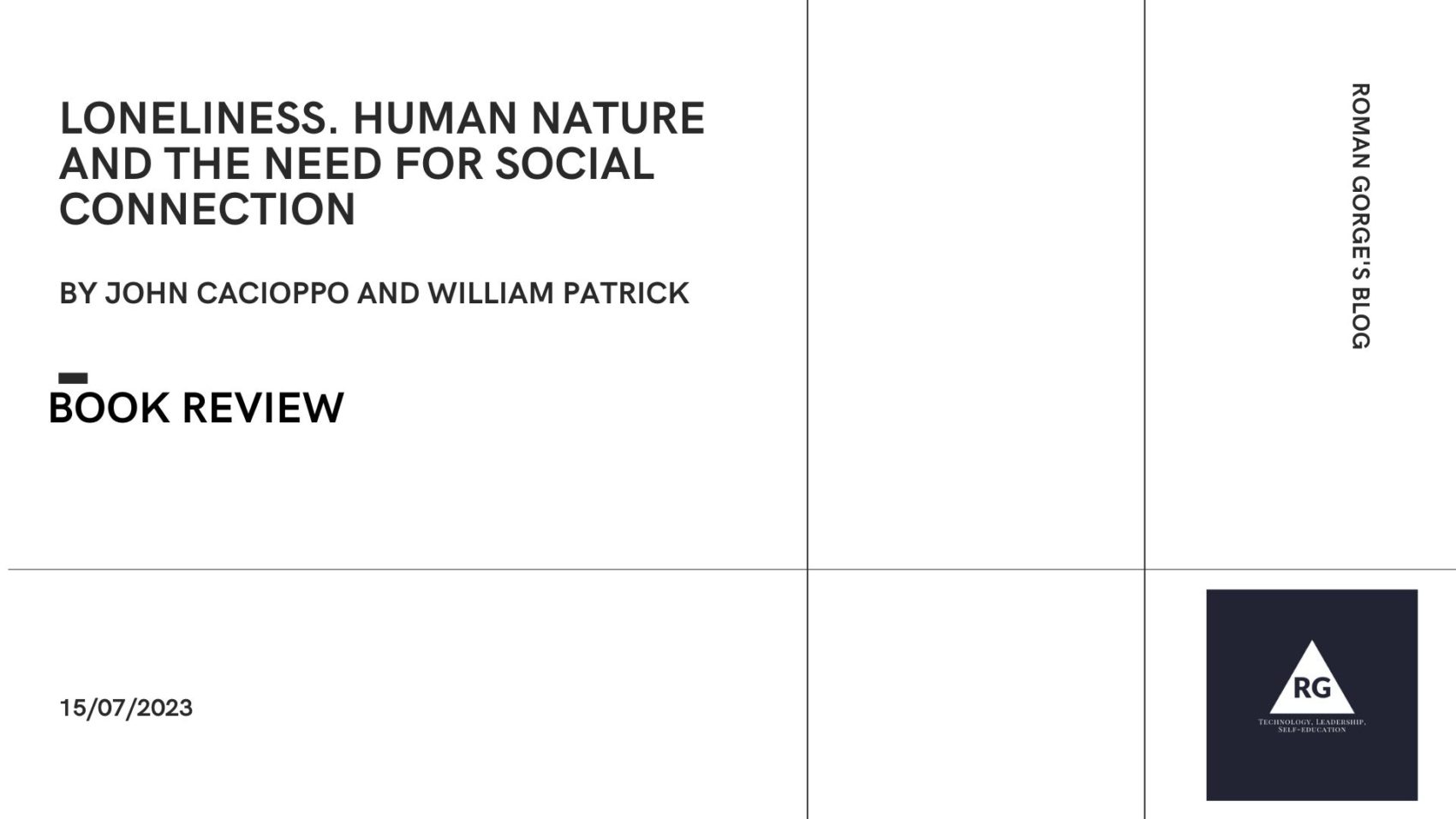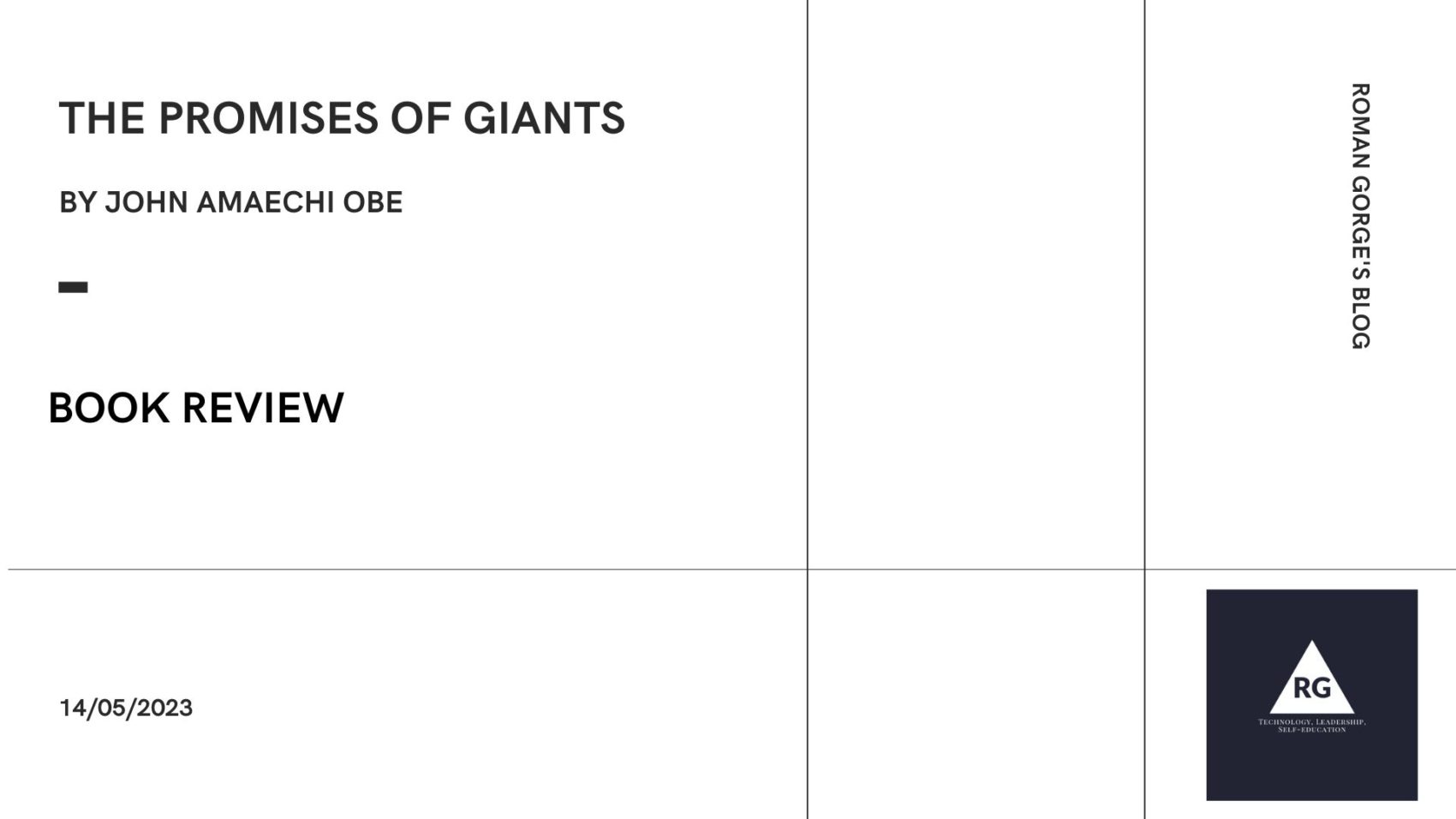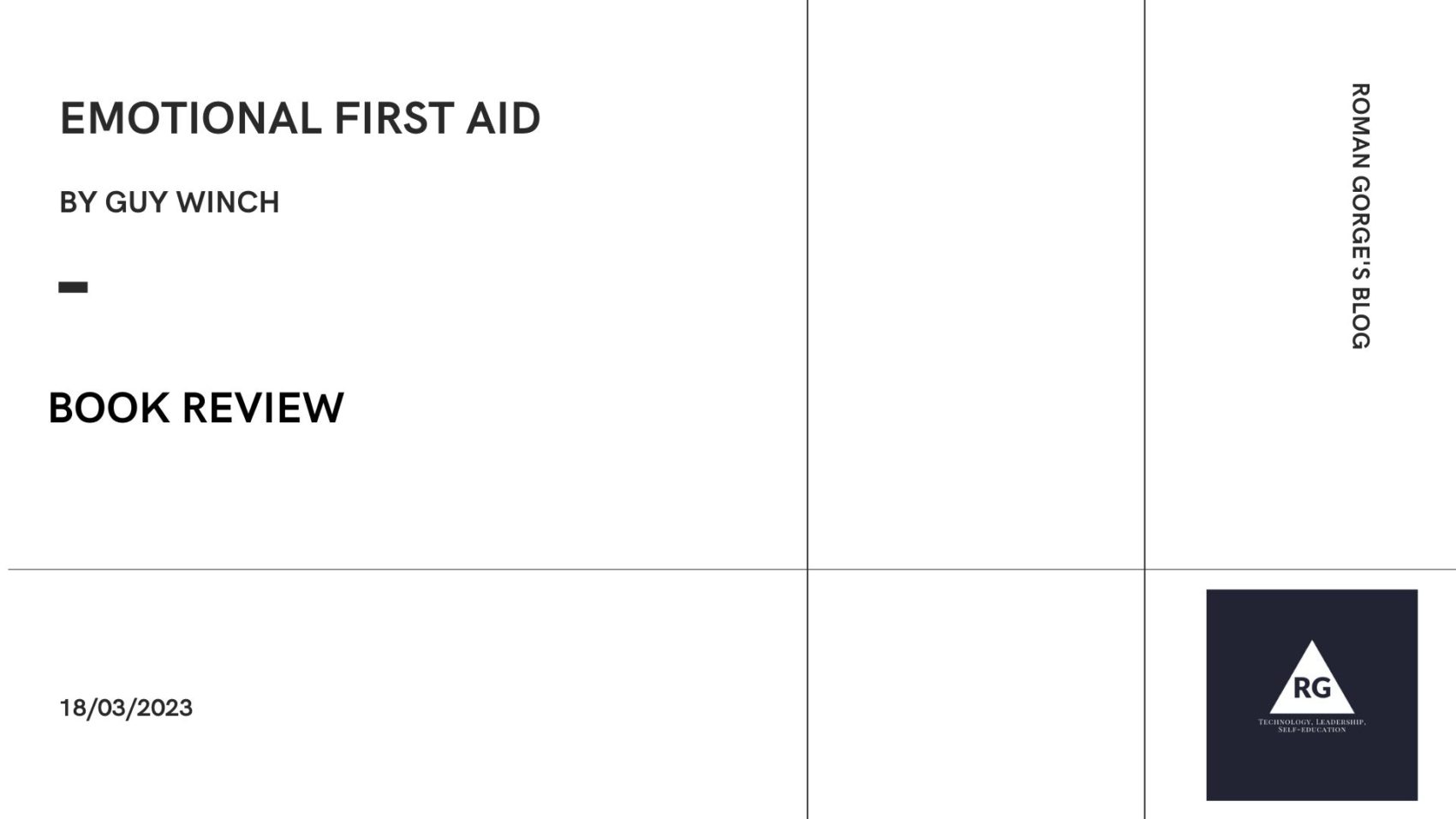All humans at some point in time feel stuck in the cycle of negative thoughts, avoidance, or emotional overwhelm. This is normal. Traumatic experiences are part of life, so the question is not how to avoid them, but how to deal with them.
Reclaim Your Life: Acceptance and Commitment Therapy in 7 Weeks by Carissa Gustafson provides a structured roadmap to help break free from these mental loops using the principles of ACT (Acceptance and Commitment Therapy).
At its core, Reclaim Your Life is a self-help workbook designed to be actionable. Each of the seven weeks introduces key ACT concepts like mindfulness, cognitive separation (the practice of detaching from thoughts), and values-based action. The suggested method is straightforward, with exercises, reflections, and prompts that encourage deep self-reflection.
What I particularly liked is how Gustafson simplifies complex psychological concepts without dumbing them down. For example, instead of just saying, “Don’t fight your emotions,” she provides exercises to help you practice sitting with discomfort—something that sounds simple but is profoundly difficult in real life. The book doesn’t just tell you to change your mindset; it helps you practice the shift, one week at a time.
The book balances theory with practical exercises, which is essential for anyone actually looking to implement these changes rather than just reading about them.
Additionally, it’s great for people who prefer structured self-help. If you struggle with vague, open-ended advice, the week-by-week framework helps create momentum. You don’t need to figure out how to apply ACT on your own—the book does that for you.
Overall, 5 out of 5 book. It clearly can help to process your traumatic experiences, un-stuck and move forward. The practical exercises explained in the book, will help you to deal with a stress better. Highly recommend.
